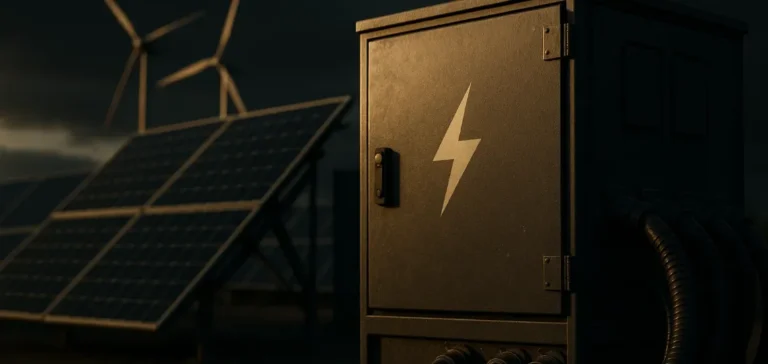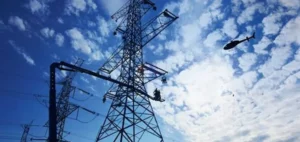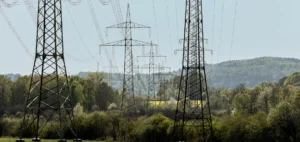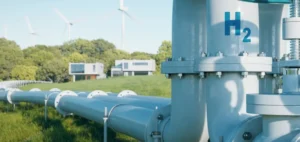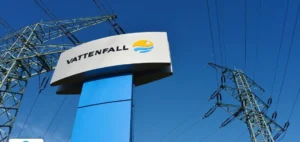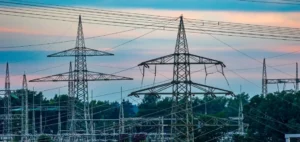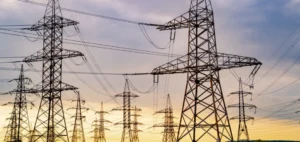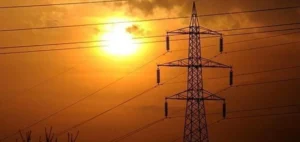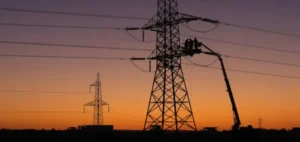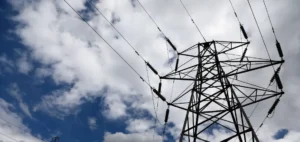The global microgrid market, valued at $32.37bn in 2024, is forecast to reach $116.5bn by 2032, with a compound annual growth rate of 15.6%. This expansion is supported by growing needs for electrical reliability in the face of ageing grid infrastructure, natural disasters, and increasing electricity consumption. Microgrids, decentralised systems capable of operating independently from the main grid, ensure uninterrupted power supply to critical facilities and isolated communities.
Faster adoption through public policies
Authorities in North America, Europe, and Asia-Pacific are boosting this market through subsidies, tax incentives, and dedicated programmes. The integration of renewable energy sources, particularly solar and wind, combined with advances in battery storage, strengthens the competitiveness of microgrids. Progress in artificial intelligence (AI), the Internet of Things (IoT), and intelligent control systems now enables real-time management, dynamic optimisation, and predictive maintenance.
Strategic initiatives and acquisitions
In August 2024, Alternus Clean Energy and Hover Energy formed a joint venture targeting data centres and industrial clients, with a portfolio exceeding 60 MW in the United States, the United Kingdom, and Ireland. The same year, Generac Power Systems expanded its capabilities by acquiring Ageto, a designer of microgrid controllers integrating renewable energy, conventional resources, and electric vehicle charging infrastructure. Alternus also announced a partnership with Acadia Energy to develop 200 MW of projects in New York State.
Financial and regulatory challenges
The high initial cost of design and installation remains a barrier, particularly for small and medium-sized enterprises and emerging markets. Regulatory uncertainties, linked to grid codes still poorly adapted to autonomous systems, also slow adoption. Technical challenges include integrating multiple energy sources, maintaining grid stability, ensuring cybersecurity, and addressing the lack of interoperability standards between suppliers.
A competitive and evolving market
Major corporations such as Schneider Electric SE, Siemens AG, General Electric Company, Eaton Corporation plc, and ABB Ltd. operate alongside newer players specialising in energy resilience solutions. In 2024, Schneider Electric partnered with ENGIE North America to equip critical infrastructure in Texas with microgrids integrating renewable sources and its EcoStruxure™ Microgrid Advisor platform, thereby optimising autonomy and energy management.


